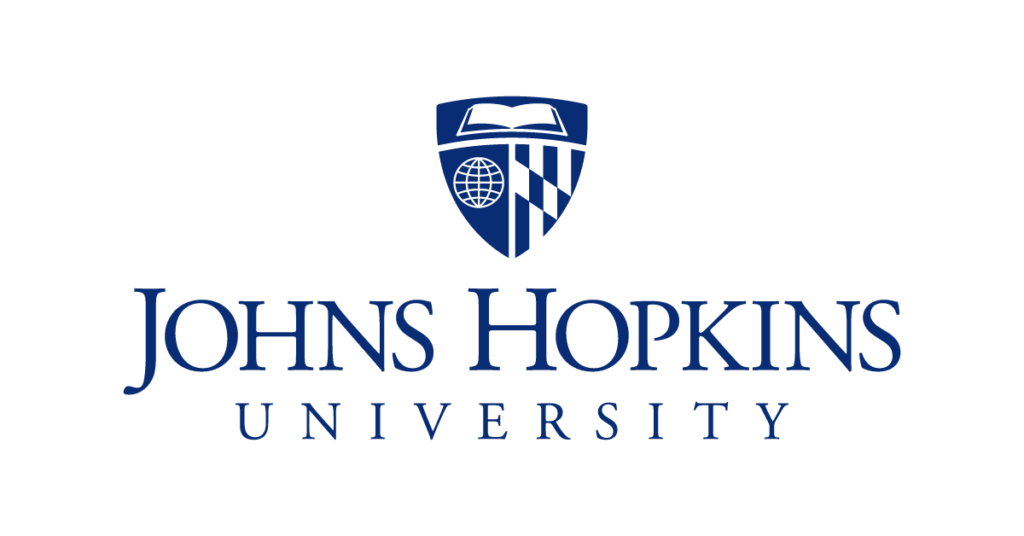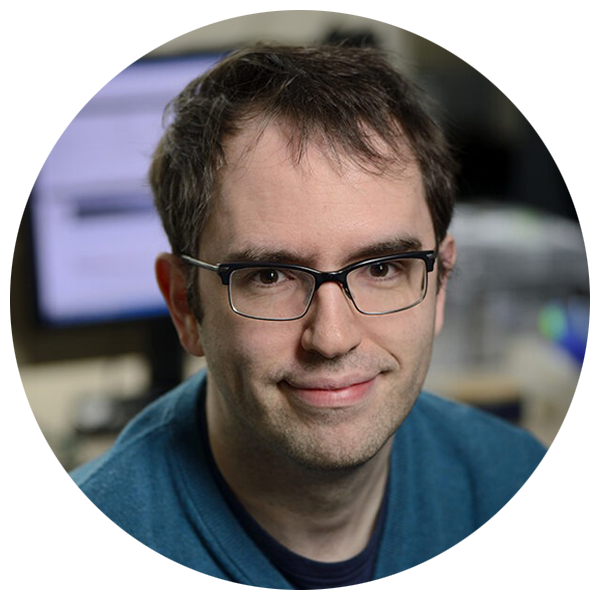Customer Q&A: A New View of the Central Dogma
July 30, 2024 • Winston Timp, PhD

August 1, 2024 • Winston Timp, PhD
In a 2020 article co-authored with his father,1 Dr. Timp noted that
“The prevalence of heterogeneity in mRNA translation, posttranslational modifications (PTMs) and posttranslational structural processing are revealed only by direct protein-level analysis, and there is a pressing need for it.”
At the time of the publication, proteomics relied mainly on a bottom-up approach to mass spectrometry for protein-level analysis. But instead of truly sequencing the proteins, the authors noted that the technique classifies a protein and typically requires about a billion copies of the protein to do so.
We spoke recently with Dr. Timp about the need to measure proteins, the focus of his lab, and how he is exploring use of his newly acquired Platinum® instrument from Quantum-Si to advance his research.
Q: Let’s start with the “why.” Why is it essential to measure and understand proteins?
Dr. Timp: We don’t really understand the central dogma: DNA going to RNA going to protein. All the cells in your body don’t express all genes simultaneously. Just because you make an RNA doesn’t mean that the RNA then gets translated into a protein. DNA is always there, but RNA has a half-life — it can sit there for a long period of time without making a protein. Not all RNAs get translated with the same efficiency, and then proteins have different degradation rates and different localizations.
People do a lot of western blots, people do a lot of immunofluorescence. A lot of NIH funding nowadays is oriented towards measuring how phenotype and genotype interact. How are you going to measure phenotype if not through measuring protein? So, at the end of the day, we need to look at this. And then you think about work like from say, Jeff Coller, who’s here at Hopkins, who looks at codon optimization. The fact that depending on which codons are used, we always think, “Oh, that’s wobble base and these codons are equivalent.” But they’re not because the tRNA abundance is different. So therefore, the translational efficiency can vary depending on which codon you use and the speed of translation. So having a certain amount of RNA doesn’t necessarily mean that one RNA equals one protein. Understanding how that matches up is an important question too. But thinking about protein levels, and trying to use that and measure that, is something I’m very interested in.
Ultimately, you need to look at different facets — both genomics and proteomics. It is the old riddle of the blind men and the elephant. If you just feel one part of it, the person feeling the trunk thinks it’s a rope. The person feeling the leg feels it’s a pole, but it’s an elephant. And if you don’t look at all the different pieces of the puzzle, you can’t put together a coherent understanding of a biological process.
Q: Given this challenge, what is the focus of your lab?
Dr. Timp: The focus of my lab is developing new technology and new methods for exploring biology. We have led the way on development on a lot of single molecule sequencing methods, especially looking at the epigenome and transcriptome, in addition to the genome.
But I am not satisfied with this and want to continue working on protein. It has been a real question for me about how we can measure protein. As we described in our 2020 article, mass spec is a very powerful method with a lot of utility, but it’s limited. It’s also incredibly expensive and is the domain of core facilities. And yet, on the other end of the spectrum, there are western blots, which are labor intensive, have very limited data, and have low throughput. And then there are techniques in between like ELISA assays and things like that. But those also don’t give you the kind of information you get from a true sequencing approach.
If we can measure protein levels, that would tell us a lot. People typically measure RNA levels as a proxy for protein levels, but that’s not at all the same thing. And so being able to measure this can be powerful.
One of the things I very much would like to do is understand more about how post-transcriptional regulation works; but to do that, we have to understand the gap between transcription and transcriptional levels, RNA levels and protein. We can measure this in part with translational efficiency assays, but we really want to push it further forward.
Q: Are there particular disease areas or a specific area of biology you’re looking at?
For the lab, no. But we are applying this approach right now to a couple of different areas. One is antimicrobial resistance and looking at beta-lactamases. We’re trying to see if we can measure what different beta-lactamases are present in a sample. We are also trying to look at Alzheimer’s disease and look at cerebrospinal fluid samples, as well as protein transduction pathways in epithelial mesenchymal transition, especially in breast cancer samples. And then finally, we are looking more generally at the epigenome and the histone code.
Q: How are you currently using the Quantum-Si Platinum instrument?
We will be using Platinum to see what questions we can answer. Initially, we are using it as an instrument to fill the gap between mass spec and western blots, right now as opposed to really using for all it can really do.
What I like most about the instrument that it is in the lab and we can just run experiments and nominally quantify the protein mixtures and what we can see from this. The thing I would like the most to be able to measure is at least phosphorylation, if not other post-translational modifications with this technology. I think it will enable us to be able to do protein profiling along with the RNA profiling we’re doing, to understand how protein and RNA are interacting.

Winston Timp, PhD, Associate Professor, Biomedical Engineering and Molecular Biology & Genetics, Johns Hopkins University
Dr. Timp received bachelor’s degrees in biochemistry, chemistry, physics, and electrical engineering from the University of Illinois at Urbana in 2001 and 2002. He then earned his master’s degree and PhD in electrical engineering from the Massachusetts Institute of Technology, where he worked at the Whitehead Institute, focusing his thesis work on the study of cellular communication in a 3-D microenvironment. After receiving his doctorate, Timp trained as a postdoctoral fellow at Johns Hopkins, studying the epigenetics of cancer. He joined the faculty of the Whiting School of Engineering in 2013.
- Timp W and Timp G. Beyond mass spectrometry, the next step in proteomics. Sci. Adv. 2020; 6: eaax8978. 10 January 2020